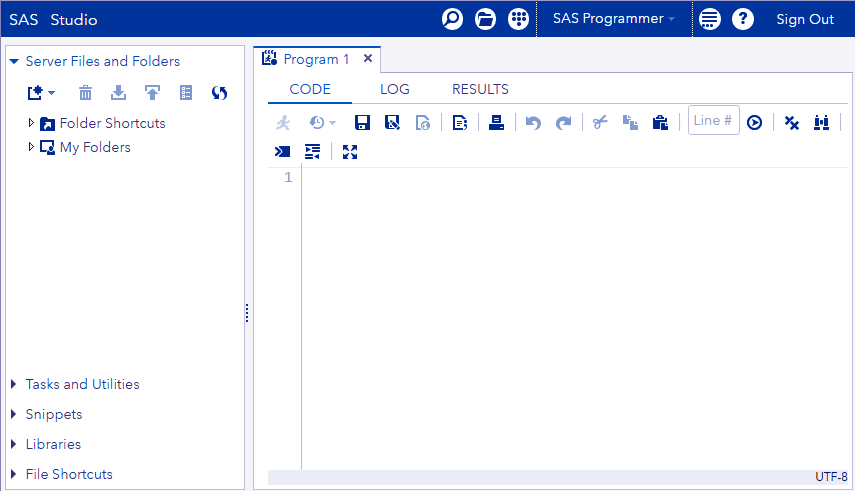

Some of the digits are removed because a floating point number can only store up to 16 digits. Numeric text values will still be interpreted as numbers in transformations and calculations for data analysisģ For example, if the value is imported with Data Type = General, it will be converted to the maximum floating-point representation of E+24. Text The Text data type is useful when you have large numeric identification values that you do not want converted to 16-digit floating-point numbers. Non-numeric text values as not converted. Numeric values in columns with Data Type = General are converted to 16-digit floating-point numbers. Data may either be text values or numeric. General (Numeric or Text) The General data type is the default data type for NCSS dataset columns. We will now briefly describe how each data type affects the imported data. By default, the data type of each imported column is set to General, which accepts numeric and text values. There are three possible data types: General (Numeric or Text), Text, and DateTime. Choosing How Columns are Imported The final step of the Import Wizard will ask you to select the columns to import and specify the data type of each imported column. The information is described later in this chapter. For some file types, you will be prompted to provide additional information about the file you are importing.

This will show you the data as it exists in the data file before it is imported. Running the Import Operation Data File Preview You will first be presented with a preview of the data file you have selected to import. The number of steps and the information required in the wizard depend on the type of file you are importing. The Import Wizard Once you have selected a file to import, the Import Wizard will guide you through the steps necessary to import a file. You cannot change the file after the wizard has started to change the file you must cancel the wizard and start again. This will start the Import Wizard with the selected file. Select the file type you want, navigate to and select the file on your computer, and then click Open. When you click the dropdown box, a complete list of importable file types will be displayed. You can change the file type by clicking on the dropdown box at the bottom of the dialog window near the File Name box. Either way, this will bring up a file selection dialog prompting you to select a file to import.

If the file type you want to import is not on this list, select Other File. The most-commonly imported files are displayed in the call-out menu. To do this, select File > Import from the Data Window menu and then select the type of file to import. Selecting a File to Import Before the Import Wizard starts, you must select the type of file to import. Follow the on-screen instructions to complete the import.
#Sas statistical software requirements how to#
You should limit the number of columns you are importing if you have a very large number of rowsĢ How to Import a File The Import Wizard guides you through the steps of importing a file.
#Sas statistical software requirements pro#
List of Imported Files File Name File Type File Extension Access Database ACCDB, MDB dbase Database DBF Epi Info Database REC Excel Spreadsheet XLSX, XLS Gauss Stat System DAT JMP Stat System JMP LimDep Stat System CPJ Lotus 123 Spreadsheet WK1, WK3 Matlab Stat System MAT Minitab Stat System MTW NCSS Spreadsheet Stat System S0 NCSS Database Stat System S0Z Paradox Database DB Quattro Pro Spreadsheet WKQ, WB*, WQ* R Stat System RDATA SAS Stat System SD2, SAS7BDAT, XPT, TPT SPLUS Stat System DAT SPSS Stat System SAV, POR Stata Stat System DTA Statistica Stat System STA Symphony Spreadsheet WR1, WRK Systat Stat System SYS, SYZ Text (Delimited) Text File TXT, CSV Text (Fixed-Width) Text File TXT, PRN Import Limitations You will likely run out of memory if the file you are importing results in more than about 25 million cells. The table below presents a list of the types of files that can be imported by NCSS. If you are importing from a spreadsheet program like Excel with more than one non-empty sheet, you will be asked to select one or more sheets to import. If you are importing from a database file like Access with more than one table non-empty table, you will be asked to select one table to import. You will be prompted to save your data before performing the import if your data have not yet been saved. When you import a file, the entire dataset is replaced with the imported data, so make sure that your data are saved before performing this operation. 1 Chapter 115 Introduction NCSS can import from a wide variety of spreadsheets, databases, and statistical systems.


 0 kommentar(er)
0 kommentar(er)
